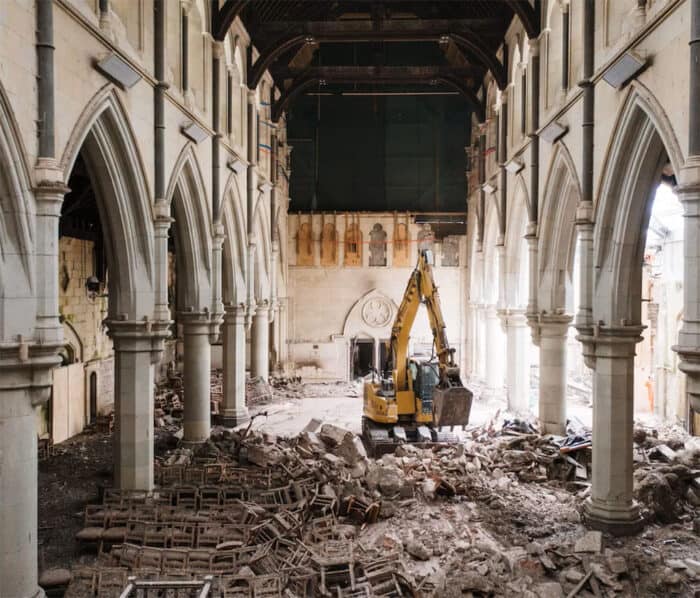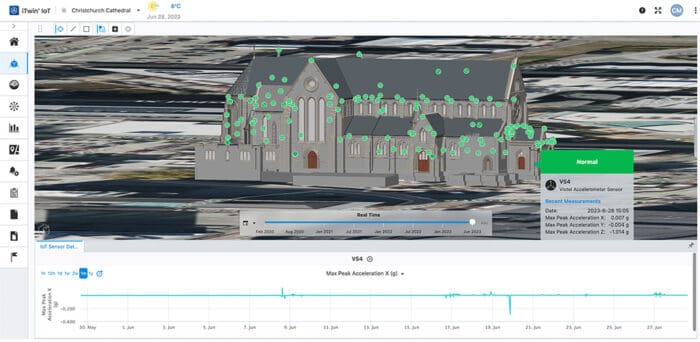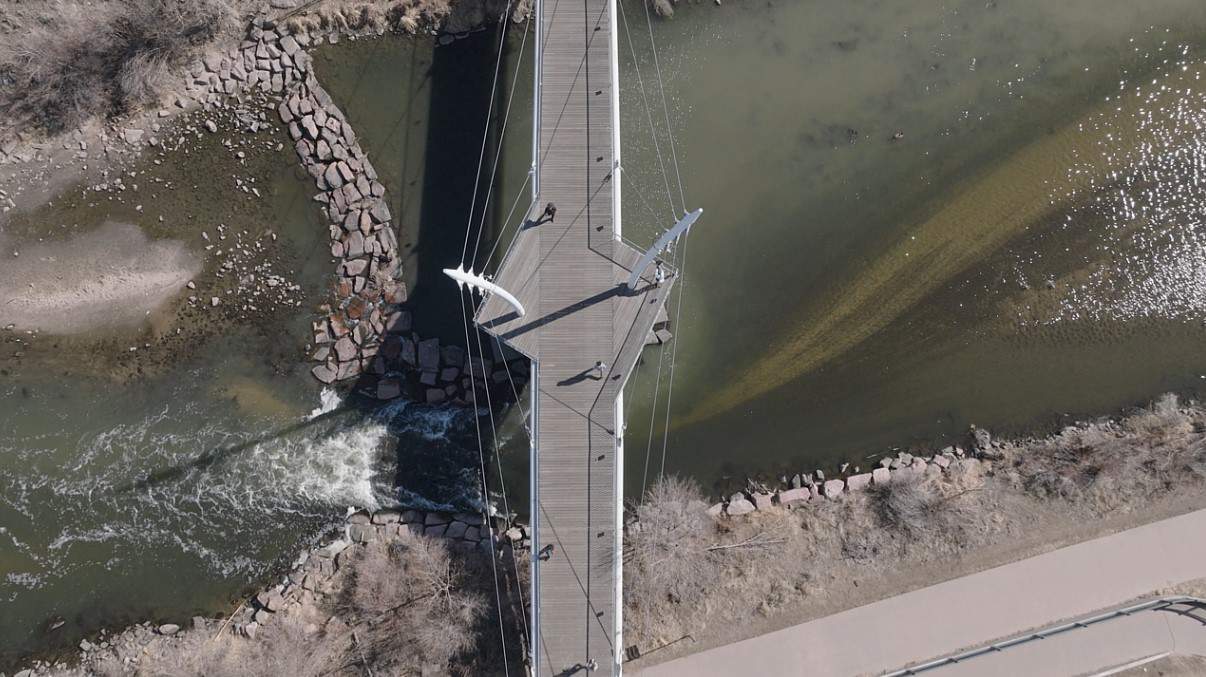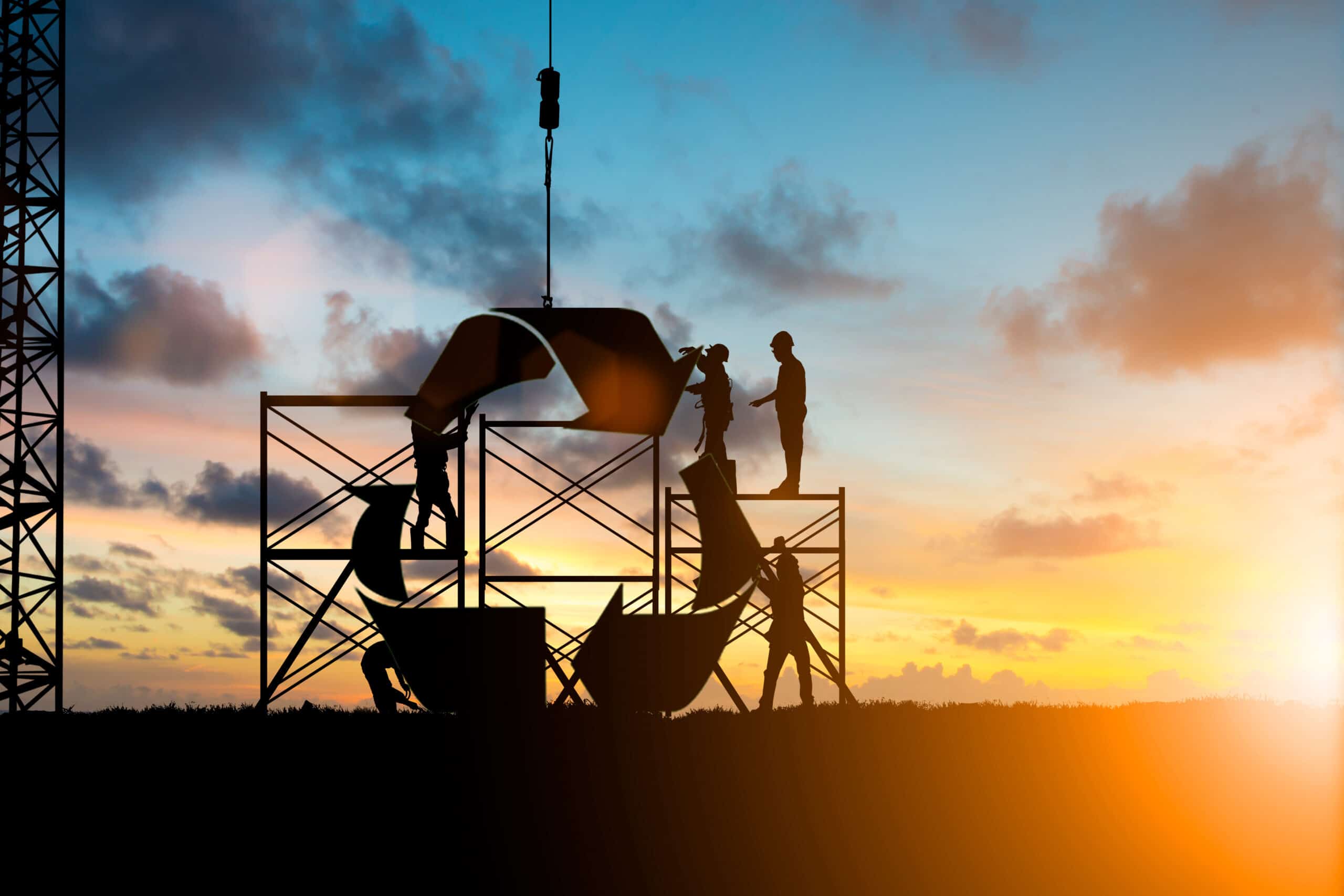On the evening of August 3, in the heart of Christchurch, New Zealand, a line of choristers, donned in hard hats and orange safety vests, navigated past scaffolding adorned with cautionary safety tape. Their destination: the battered nave of Christ Church Cathedral.
In a poignant moment, the nine vocalists formed a harmonious half-circle around their choir director. Hymnals in hand, they embarked on an emotional journey, initiating the first evensong service to take place in the historic church in over a decade. The last service was in February 2011, the same fateful month a catastrophic earthquake devastated the city, claiming 185 lives and leaving in its wake a trail of destruction scarring thousands of buildings.
This significant event—live-streamed into the square outside and online—projected the spirit of resilience shown by the citizens of Christchurch since the quake.
A YouTube viewer aptly remarked, “This was such an emotional service to join in with. What a monumental occasion for you all. The choir and clergy were superb, and I hope this offering of worship reminds the people of (Christchurch) that ‘their’ cathedral is coming back and why it is so important that it is reinstated.”
Since 2020, the Christ Church Cathedral Reinstatement Project has transformed the property into a complex, dynamic worksite, blending the expertise of engineers, architects, construction crews, masons, and restoration professionals. Together, they work to ensure its stability, retrieve valuable heritage items, and reconstruct the church, consecrated in 1881, the year of its first evensong service.
Behind this historic and hopeful occasion lies cutting-edge technology that ensures the stunning heritage structure is safe and sound, not only for its church community but also for the scores of workers involved in the massive rebuilding project.
Today, the stone heritage building boasts a network of automated sensors that use innovative Internet of Things (IoT) and digital twin technologies to provide a real-time picture of its stability and give early warning signs of potential ground or structural movements.
This technology played a crucial role in mitigating the risk of a complete collapse of the cathedral during stabilization efforts. It also ensured the structural safety required for workers to access the site and retrieve valuable heritage items, such as the historic organ and remnants of the original stained-glass windows. Furthermore, the technology continues to contribute to the overall safety of all individuals involved in subsequent phases of the reinstatement project, ensuring a secure work environment for everyone.
The massive project is expected to wrap up in 2028 and is widely considered the most significant in Christchurch’s post-earthquake recovery, restoring what is arguably New Zealand’s most iconic building.
Recalling one of New Zealand’s Darkest Days
Around lunchtime on Tuesday, February 22, 2011, Christchurch buzzed with its usual weekday lunch-hour frenzy when a seismic force of 6.3 magnitude sent shockwaves through the city.
Caught in the bustling Cathedral Square, Peter Rutherford, a secondary school teacher, vividly described the sensation as if “someone picked up Christchurch and shook it quite hard.” The Guardian captured his account as he witnessed the spire twist and crumble. In a harrowing scene, he turned to see a courageous individual pulling a woman to safety from the debris.
The catastrophic earthquake marked New Zealand’s worst natural disaster in 80 years, leaving over a staggering NZ$77 billion in damage.
Remarkably, amidst the havoc, no lives were lost within the cathedral. However, the iconic structure suffered extensive damage to its front, western porch, and adjacent walls. The spire, along with the beloved tower housing 13 ringing bells used in religious ceremonies and special events, collapsed.
 Interior of Christ Church Cathedral after the earthquakes. Courtesy of Christ Church Cathedral Reinstatement Limited.
Interior of Christ Church Cathedral after the earthquakes. Courtesy of Christ Church Cathedral Reinstatement Limited.Restore or Raze the Ruins?
In the aftermath of that quake, a nearly decade-long public debate unfolded around whether to restore what remained—a costly and intricate endeavor—or raze the ruins and rebuild from scratch. Ultimately, the historic building’s profound significance to the city’s geography, identity, faith, and culture prevailed.
 James Atherton from Nicholson & Co. visited the site in March 2023 to support the organ removal by South Island Organ company. Courtesy of Christ Church Cathedral Reinstatement Limited.
James Atherton from Nicholson & Co. visited the site in March 2023 to support the organ removal by South Island Organ company. Courtesy of Christ Church Cathedral Reinstatement Limited.Designated as a Category 1 Historic Place on New Zealand’s heritage record, the cathedral stands as a beacon of outstanding historical and cultural value. Beyond its architectural grandeur, it also houses an exceptional collection of heritage items integral to the reinstatement project.
In a symbolic gesture towards reinstatement, James Atherton, an organ specialist from Nicholson & Co. Ltd in the U.K., journeyed to the site in March 2023. His mission: to contribute to the removal of the cathedral’s historic organ, a majestic instrument with nearly 4,000 pipes carefully boxed and poised for transport to the Nicholsons workshop in 2024. Filled with enthusiasm, Atherton expressed his commitment to restoring the old organ, highlighting the incorporation of heritage elements, including a rare pine “stop” that allows the organist to control airflow and sound.
“We will carefully restore this stop in our workshop,” he said, “and it will once more sing into the reinstated Cathedral in 2028, a sound I cannot wait to hear!”
Nearly 4,000 pipes from the organ have been assessed for future use and are now in storage until the new organ is ready to be fabricated. But the safe retrieval of the heritage items and reconstructing the iconic cathedral would be no easy feat. It would take a village of designers, engineers, contractors, heritage professionals, and artisans… and new cutting-edge technology.
Using Cutting-Edge Technology to Preserve History
The complexity and age of the structure, coupled with the uncertainty of what lies beneath the surface during reconstruction, presented formidable challenges. Monitoring the stability of the cathedral during construction and receiving early warnings of potential risks became paramount. Traditional solutions fell short, prompting the need for a more reliable and sophisticated approach.
To navigate these hurdles, Beca, a prominent advisory, design, and engineering consultancy, was invited to provide surveying and monitoring services throughout the reconstruction process. They installed wireless Viotel sensors on the cathedral that would monitor movement at a scale undetectable to the human eye, helping to ensure the structure was stable enough for workers to go inside to retrieve the important heritage items. The technology also helped make sure additional areas of the cathedral were not at risk of collapse as work started on the stabilization phase of the reinstatement project.
To analyze and monitor the sensor data from a remote location, Beca turned to Bentley’s iTwin IoT, a decision driven by its robust capabilities to withstand the dynamic nature of an active construction site and consistently deliver real-time data.
 Wireless sensor data is seamlessly streamed into the iTwin IoT platform where it is integrated with a 3D digital twin model of the cathedral. Courtesy of Beca.
Wireless sensor data is seamlessly streamed into the iTwin IoT platform where it is integrated with a 3D digital twin model of the cathedral. Courtesy of Beca.The wireless sensor data is seamlessly streamed into the iTwin IoT platform where it is integrated with a 3D digital twin model of the cathedral. The real-time data enhances the digital twin model and allows Beca to easily see the current conditions at each sensor location.
The switch to automated remote monitoring has reduced the need for Beca staff site visits by 50%. Instant access to the real-time sensor data from anywhere in the world lets Beca keep a closer eye on what’s going on at the site. They also receive faster notifications of any structural movement, keeping on-site workers safe during the reinstatement project.
The adoption of this cutting-edge technology has not only revolutionized the monitoring and reconstruction of the Christ Church Cathedral but has also set a new standard for data-driven insights during rehabilitation projects. This technological marvel preserves the historical and cultural significance of the cathedral, while also paving the way for a more sustainable and informed approach to future reconstruction endeavors.
A Timeless Blend of Old and New
Christ Church Cathedral has always been more than just a structure. From its inception as a Church of England settlement in Canterbury, its purpose was clear: to be the “physical and symbolic heart of the city.”
Today, more than 150 years later, that aim holds fast, as the cathedral stands as an anchor in Christchurch’s vibrant central city. Here, the juxtaposition of modern architecture alongside some of New Zealand’s oldest buildings sets the stage for the reinstated cathedral’s design. This blending of old and new is evident in the incorporation of modern amenities and contemporary elements, including a new Visitors’ Centre, landscaped courtyard, and a retail space. This seamless blend ushers in the 21st-century while preserving the cathedral’s timeless character and grandeur.
Ben Davidson, a Principal with Beca, involved in surveying and monitoring during the stabilization, marvels at the city’s reconstruction efforts. “What they’ve done as far as rebuilding the city is pretty amazing.”
“It’s great having all these shiny new things, but to have that older building restored retains the city’s historical aspect, as well.” The restoration of Christ Church Cathedral has become a testament to Christchurch’s resilience, a living reminder of its past while embracing a vibrant future.
Bishop Peter Carrell shared his immense gratitude for everyone involved, recognizing the collaborative efforts that have fueled the project. As the people of Christchurch rally behind the reinstatement of their beloved Cathedral, they are backed by teams of talented contractors and consultants from New Zealand and beyond. Together, they ensure that this cherished property continues to be a part of the city’s fabric—a timeliness landmark contributing to its ongoing narrative.
In the spirit of unity, the project site declares in Maori: “Mā ō tātou ringa, ka rewa anō te tuara o tō tātou whare karakia.” —“With all of our hands, the roof of our Cathedral will rise again.” This resonates as a powerful testament to the collective determination and shared commitment propelling the cathedral’s resurgence, embodying the unwavering spirit of Christchurch’s enduring story.
To view our Christ Church Cathedral case study, click here.










